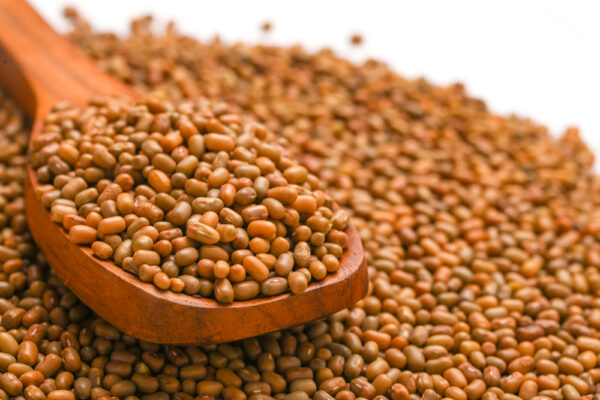
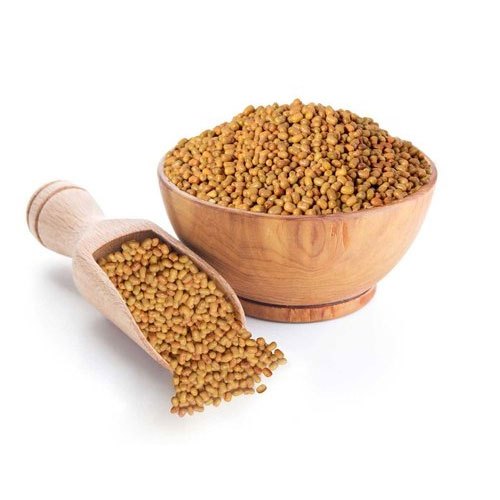


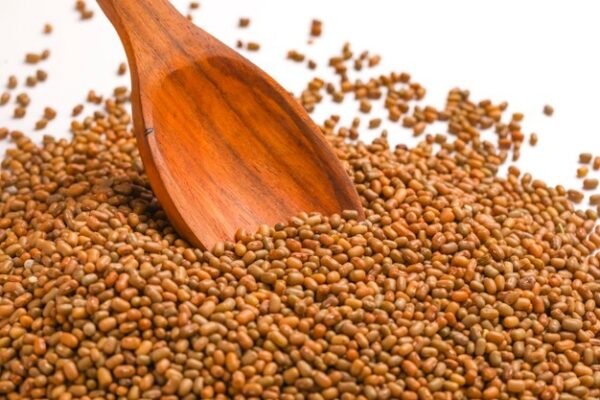
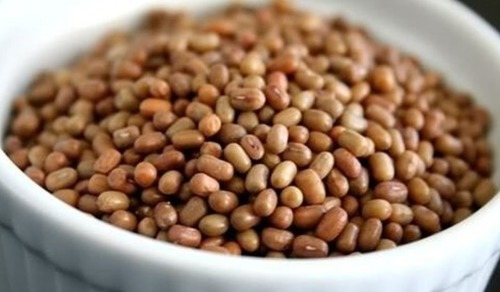
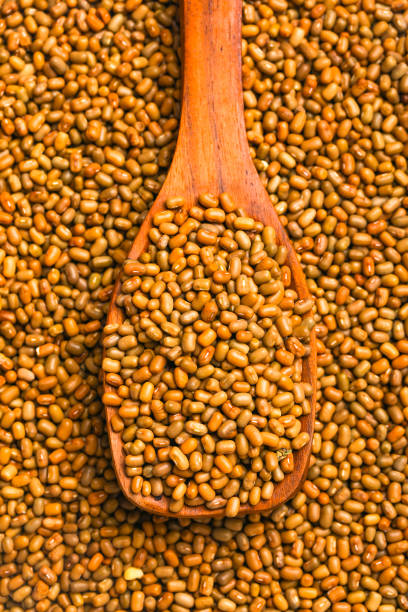
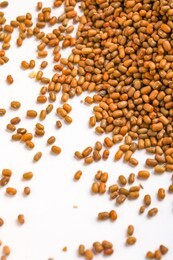
commonly grown in arid and semi-arid regions of India. It is commonly called mat bean, moth bean, matki or dew bean. The pods, sprouts and protein-rich seeds of this crop are commonly consumed in India. Moth bean can be grown on many soil types, and can also act as a pasture legume.
Moth bean is a creeping annual herbaceous plant which grows to approximately 40 cm high. Yellow flowers on its hairy and densely packed branches develop into yellow-brown pods, 2 to 3 inches in length. The seeds of these pods contain approximately 22–24% protein.
Due to its drought-resistant qualities, its ability to combat soil erosion and its high protein content, moth bean has been identified as possibly a more significant food source in the future. It has been suggested that its suitability as a grain legume in semi-arid Africa should be further investigated.
Moth bean, a short-day crop, is one of the most drought-resistant pulses in India. Grown at altitudes up to 1300 m above sea level, it has a wide pH range (3.5–10) and can tolerate slight salinity. While dry sandy soil is most suitable for production, moth bean can tolerate a variety of soil types. The low-lying soil cover the crop creates helps prevent soil erosion by preventing moisture loss.
Optimum production of moth bean occurs between 24–32 °C, but has been shown to tolerate up to 45 °C during the day. Growth is optimal at a constant temperature. The moth bean is one of the most drought-resistant pulses in India, requiring little irrigation for production. While optimal annual rainfall for production is 500–750 mm, it is able to grow with 200–300 mm annually, and some yield has been noted at rainfall levels as low as 50–60 mm per year. Propagation of moth bean is done by seed, preferably on a prepared seedbed, at an optimal temperature of 25–27 °C. Fertilizer applications to moth bean are uncommon in India.